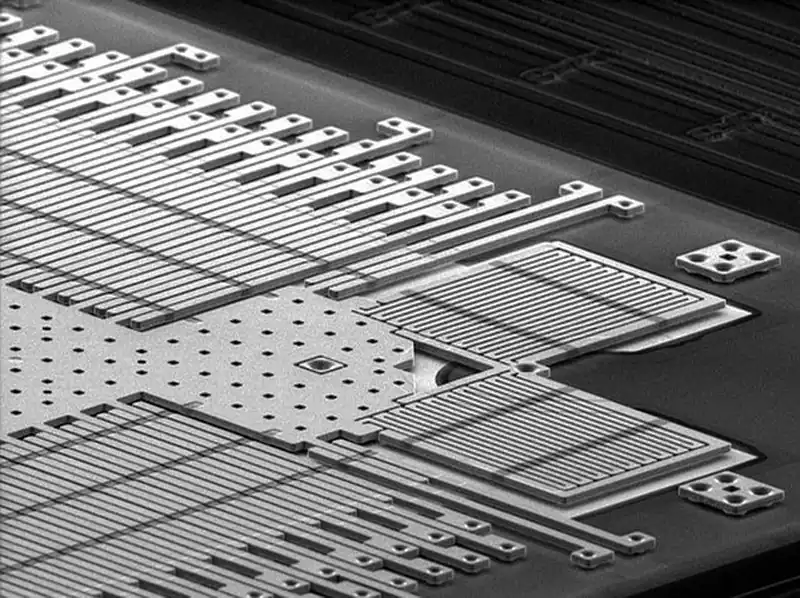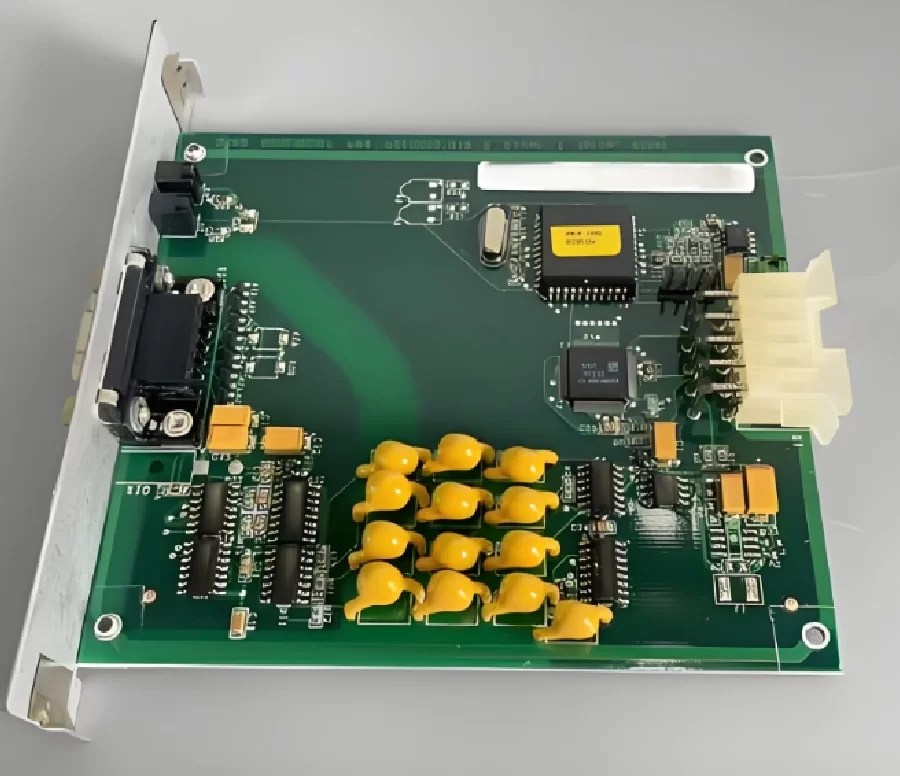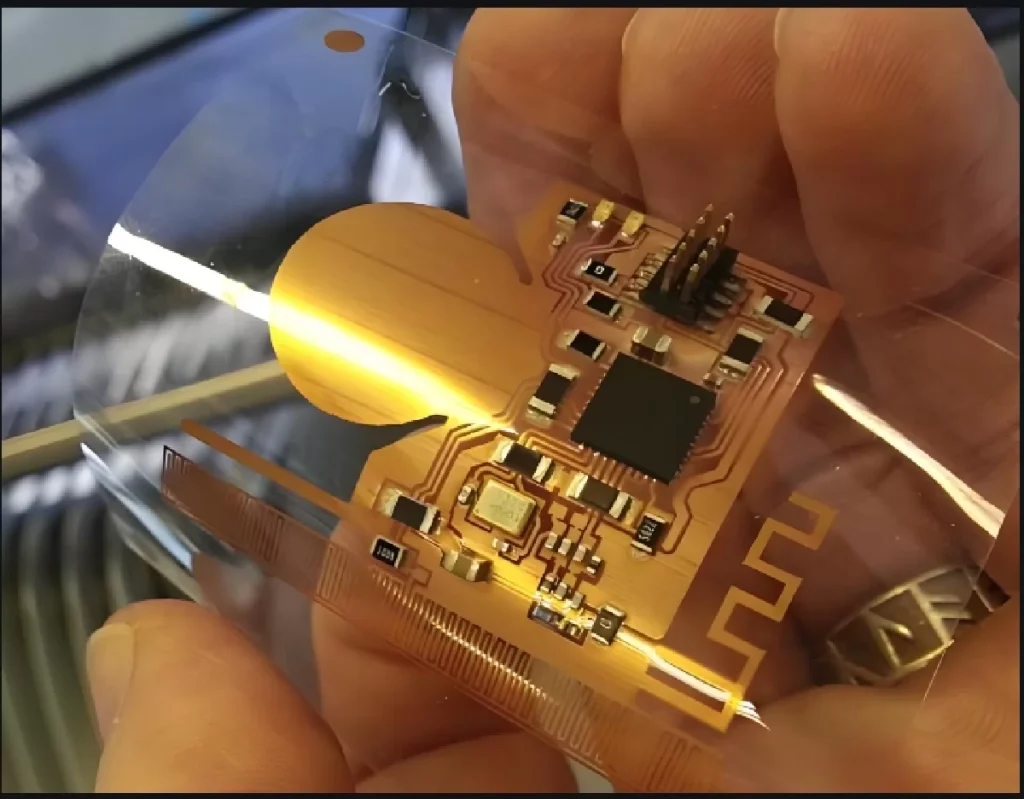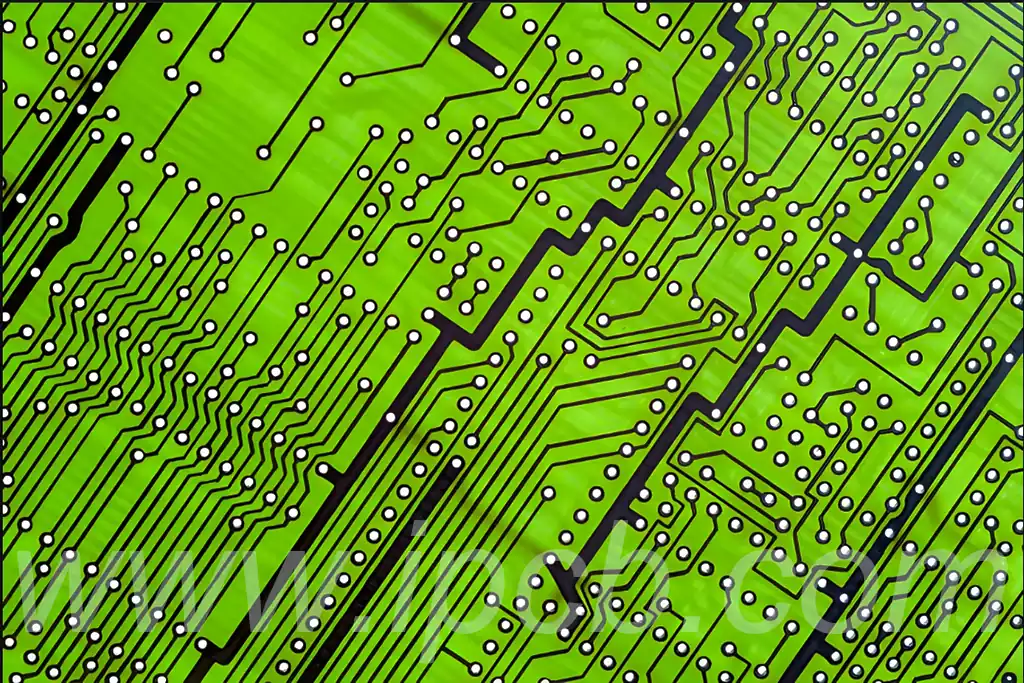FPGA, or Field Programmable Gate Array, is an integrated chip composed of digital circuits, which belongs to a kind of Programmable Logic Device (PLD). It appears in the form of semi-customized circuits in the field of Application Specific Integrated Circuits (ASIC), which not only solves the shortage of customized circuits, but also breaks through the limitation of the number of programmable gates in traditional programmable devices. Its flexibility and reconfigurability features make it widely used in the fields of communications, digital signal processing, embedded systems, etc. FPGAs are composed of programmable logic units and programmable interconnect resources, which can be configured according to the needs to achieve a variety of functions.
Microcontrollers, on the other hand, are integrated chips that utilize ultra-large-scale integrated circuit technology to integrate data-processing capabilities, such as central processing unit (CPU), random-access memory (RAM), read-only memory (ROM), and a variety of I/O ports, which make up a small and comprehensive microcomputer system. Microcontrollers are widely used in the field of industrial control and have integrated functions such as timers/counters and may include display driver circuits, pulse-width modulation circuits, analog muxes, A/D converters, etc.
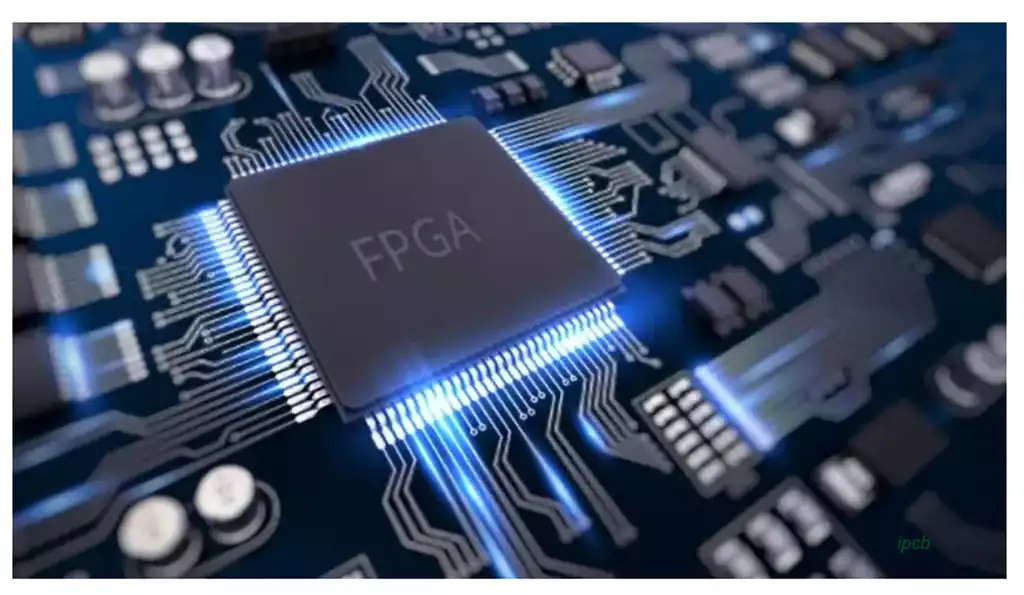
There are significant differences between FPGAs and microcontrollers:
Performance:
FPGAs excel at parallel processing tasks and are capable of performing multiple operations simultaneously, making them suitable for scenarios that require parallel processing, such as digital signal processing, image processing, and cryptography. Microcontrollers, on the other hand, are optimized for sequential processing, and their performance is affected by factors such as CPU clock speed, architecture and instruction set.
Energy consumption:
FPGAs typically consume more power than microcontrollers, and their power consumption depends on factors such as the number of active logic pcb components,the switching frequency of the interconnect, and I/O activity. Microcontrollers, on the other hand, typically have lower power consumption, which depends on factors such as CPU clock speed, peripheral activity, and power management features.
Flexibility and customization:
FPGAs are highly flexible and customizable due to their programmable architecture, and can be configured to implement a variety of digital circuit functions according to specific needs. Microcontrollers, on the other hand, are limited by their fixed hardware design and have a relatively low degree of customization.
Development time and complexity:
The development process for FPGAs is relatively complex and time-consuming, and requires programming in a hardware description language such as VHDL or Verilog. Microcontrollers, on the other hand, typically have a simpler and faster development process and can be programmed using high-level programming languages and development environments, simplifying the development process and reducing the time required to implement and test features.
FPGAs and microcontrollers differ significantly in terms of performance, energy consumption, flexibility and customization, as well as development time and complexity. The choice of which device to use depends on the specific application needs, system requirements, and the technical capabilities and experience of the development team.
